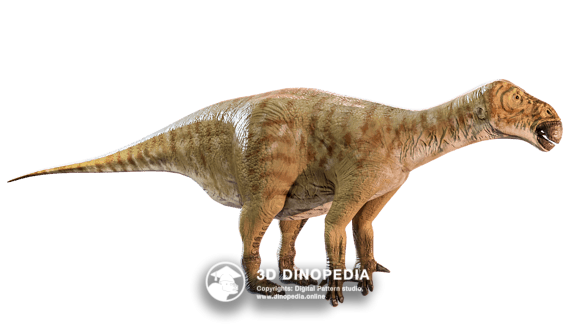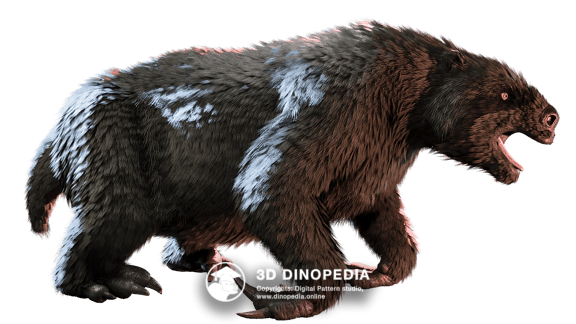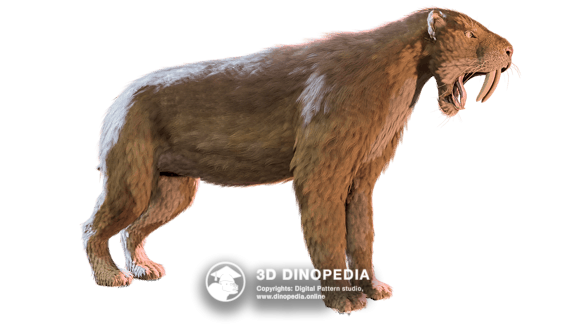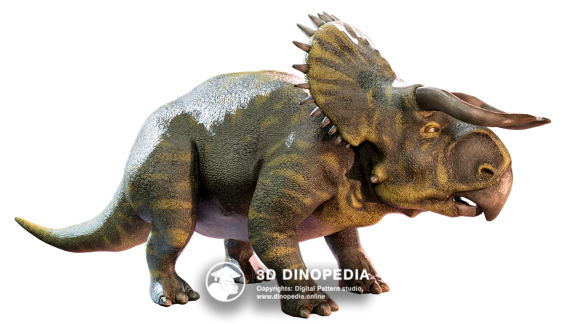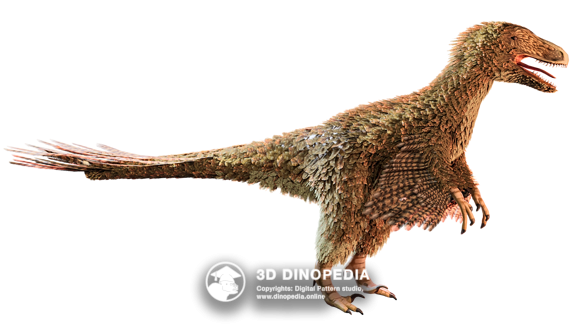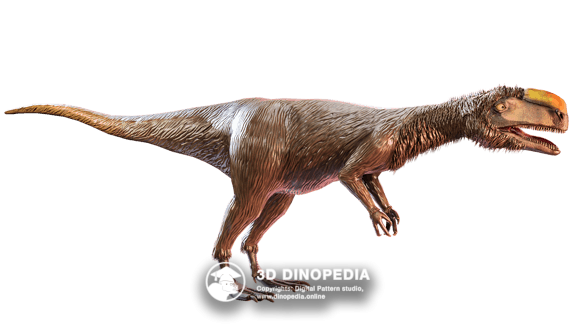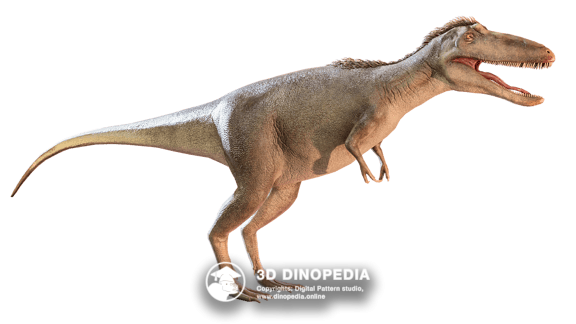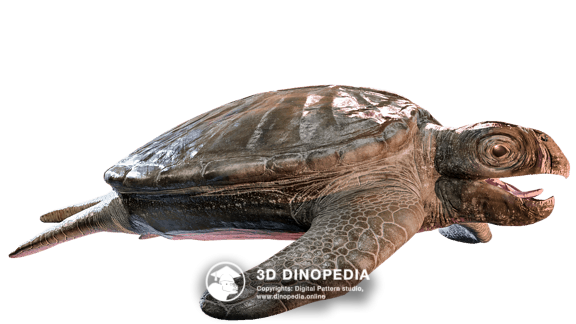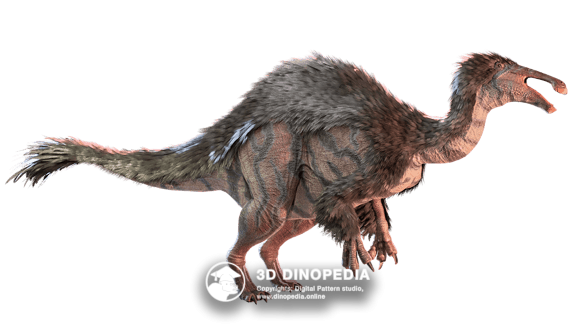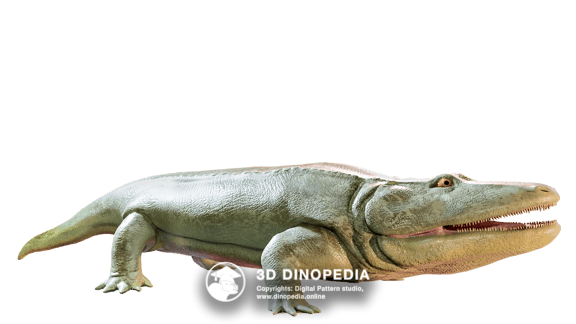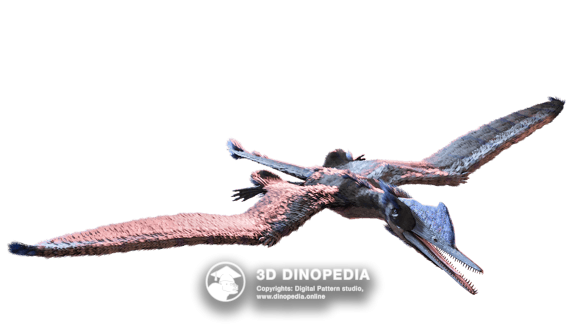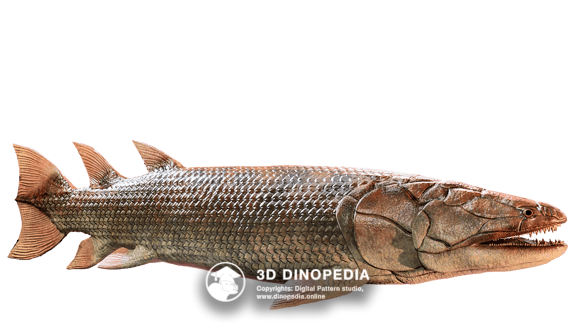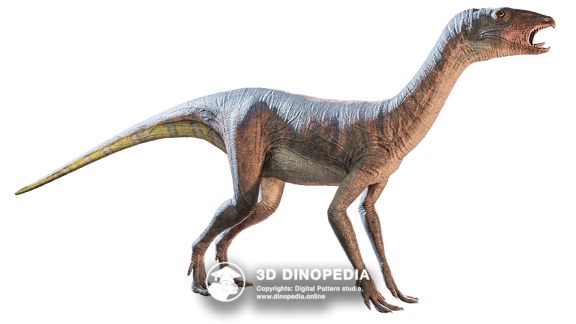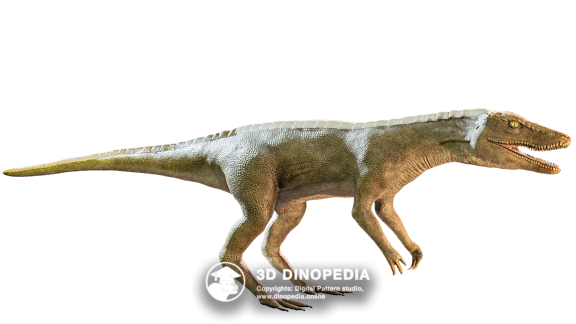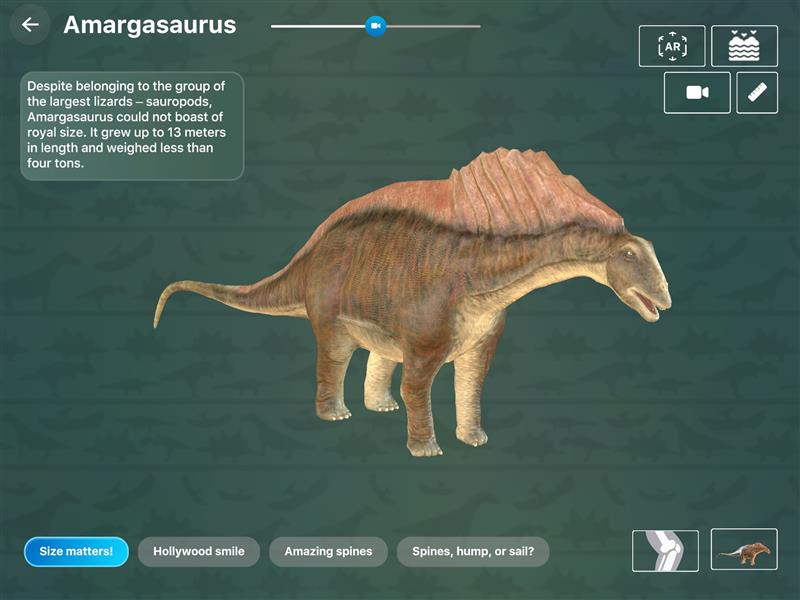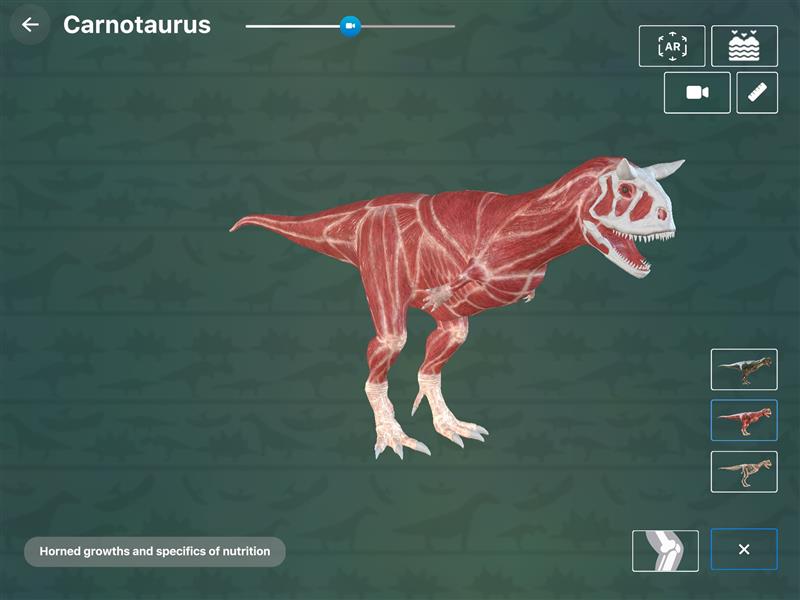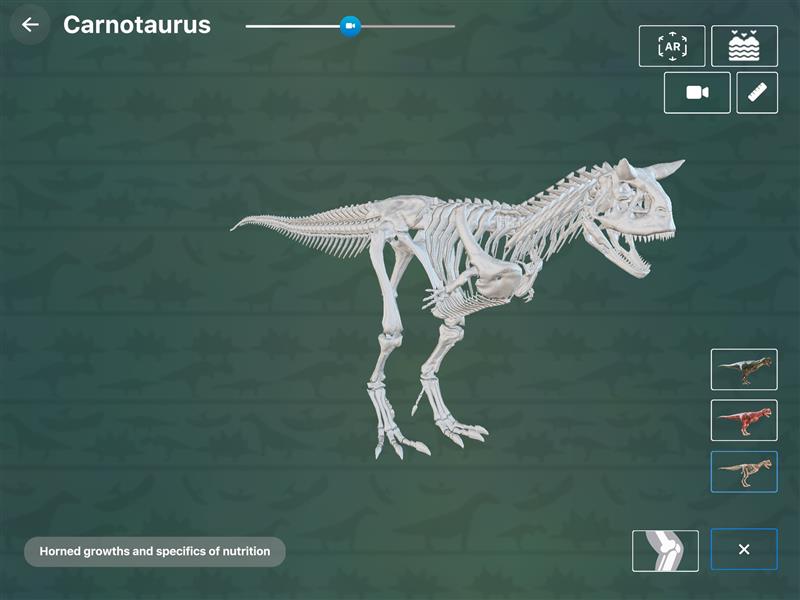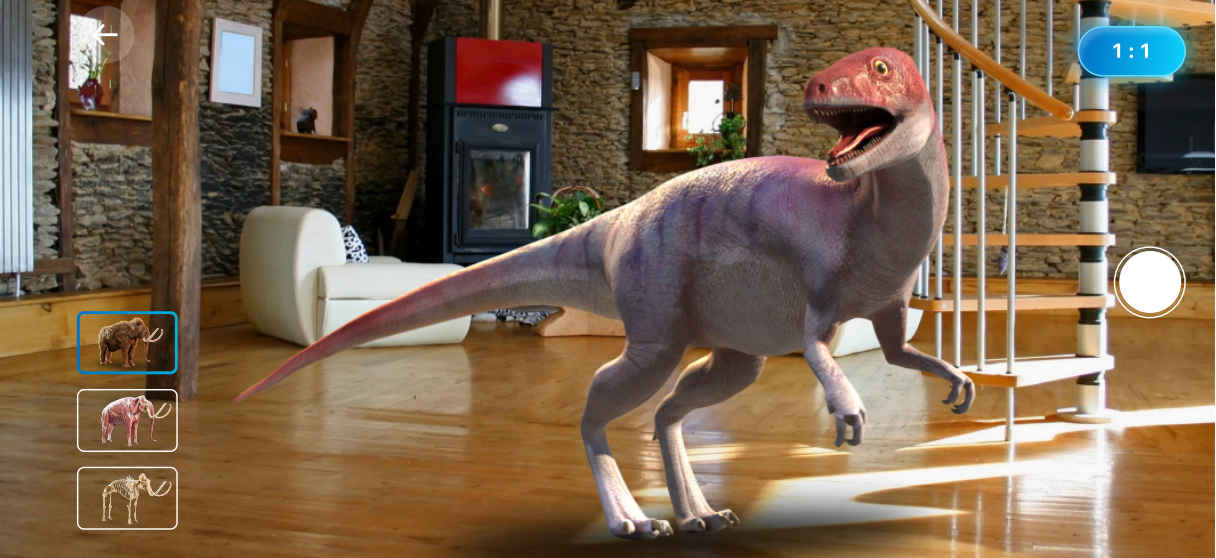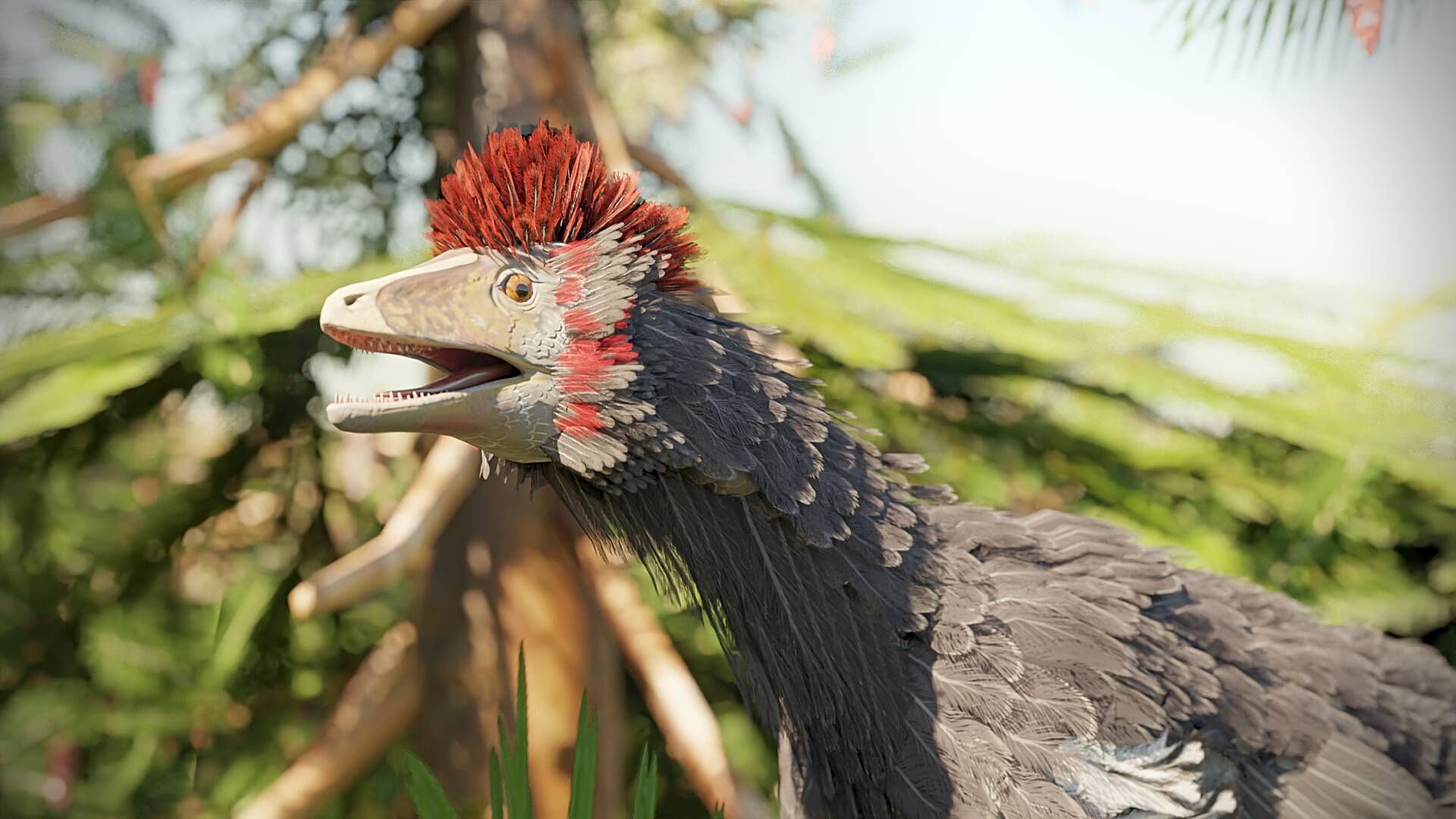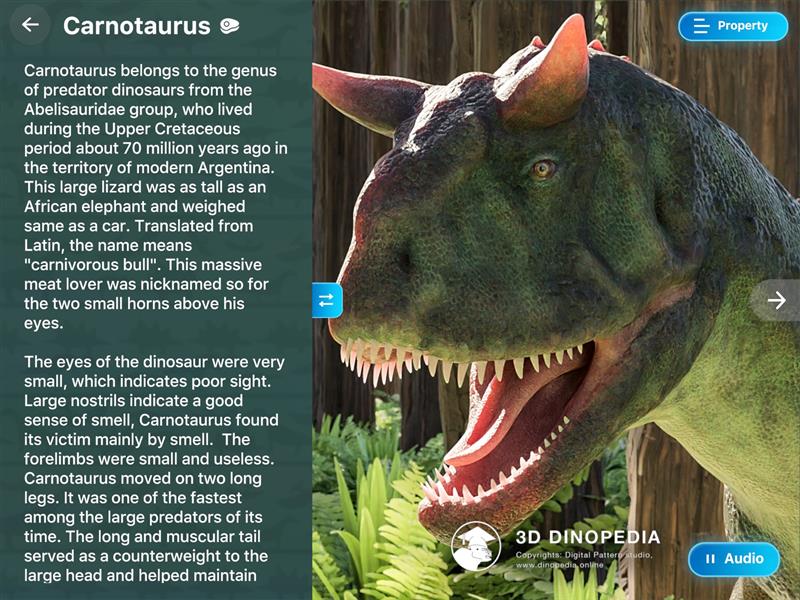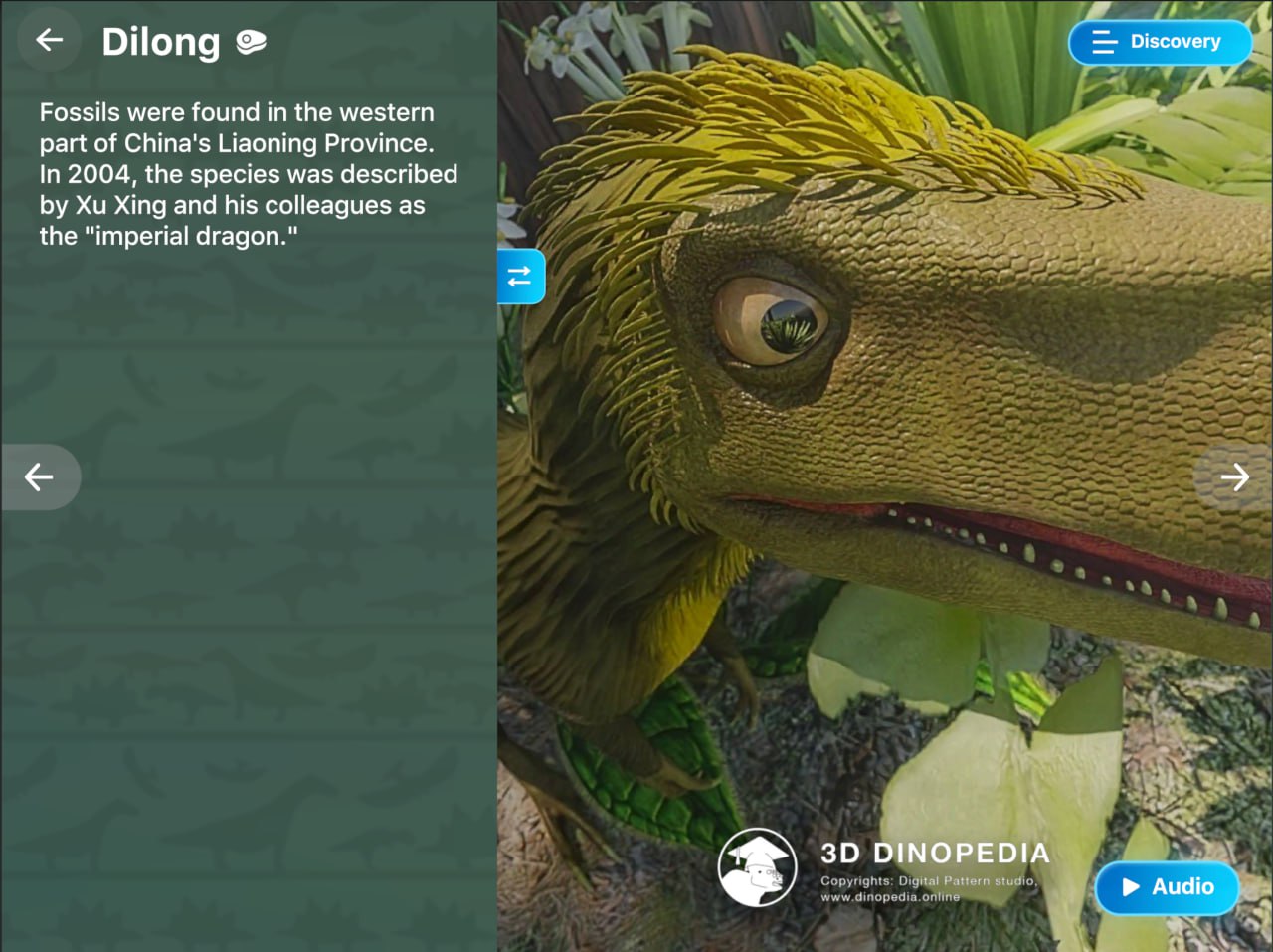Arctodus
Period of life:
~2.6 million years ago – 12,800 years ago
Period:
Habitat:
Tundra
Taxonomy:
Mammals
Height:
1.67 m
Countries:



What the Name Means - the name Arctodus translates as “bear tooth.”
The short-faced bear was a giant, now-extinct bear that roamed across North America during the Pleistocene epoch. This epoch began about 2.6 million years ago and ended relatively recently—just 11,700 years ago. The short-faced bears nearly made it to the very end, disappearing around 12,800 years ago.
Paleontologists recognize two species: the smaller short-faced bear (Arctodus pristinus) and the much larger giant short-faced bear (Arctodus simus). Thanks to the greater number of fossils discovered, Arctodus simus has become the main focus of scientific study and one of the most iconic representatives of North America’s Ice Age megafauna.
Although closely related, the two species preferred different regions of the continent. Arctodus pristinus lived mainly in the eastern United States during the early Pleistocene. Its giant relative spread much further—its remains have been found across the U.S., Mexico, and Canada, mostly dating to the late Pleistocene. Scientists believe that Arctodus simus evolved from Arctodus pristinus, and for a time, the two may have lived side by side.
Discussions
Other animals
 INTERESTING FACTS
INTERESTING FACTS
 PUZZLES
PUZZLES
 HOME
HOME
 3D MODEL "SKIN"
3D MODEL "SKIN"
 3D MODEL "MUSCLES"
3D MODEL "MUSCLES"
 3D MODEL "SKELETON"
3D MODEL "SKELETON"
 VISION
VISION
 NEIGHBORS
NEIGHBORS
 VOICE ACTING
VOICE ACTING
 AR - MODE
AR - MODE
 GALLERY
GALLERY
 HISTORY OF DISCOVERIES
HISTORY OF DISCOVERIES
